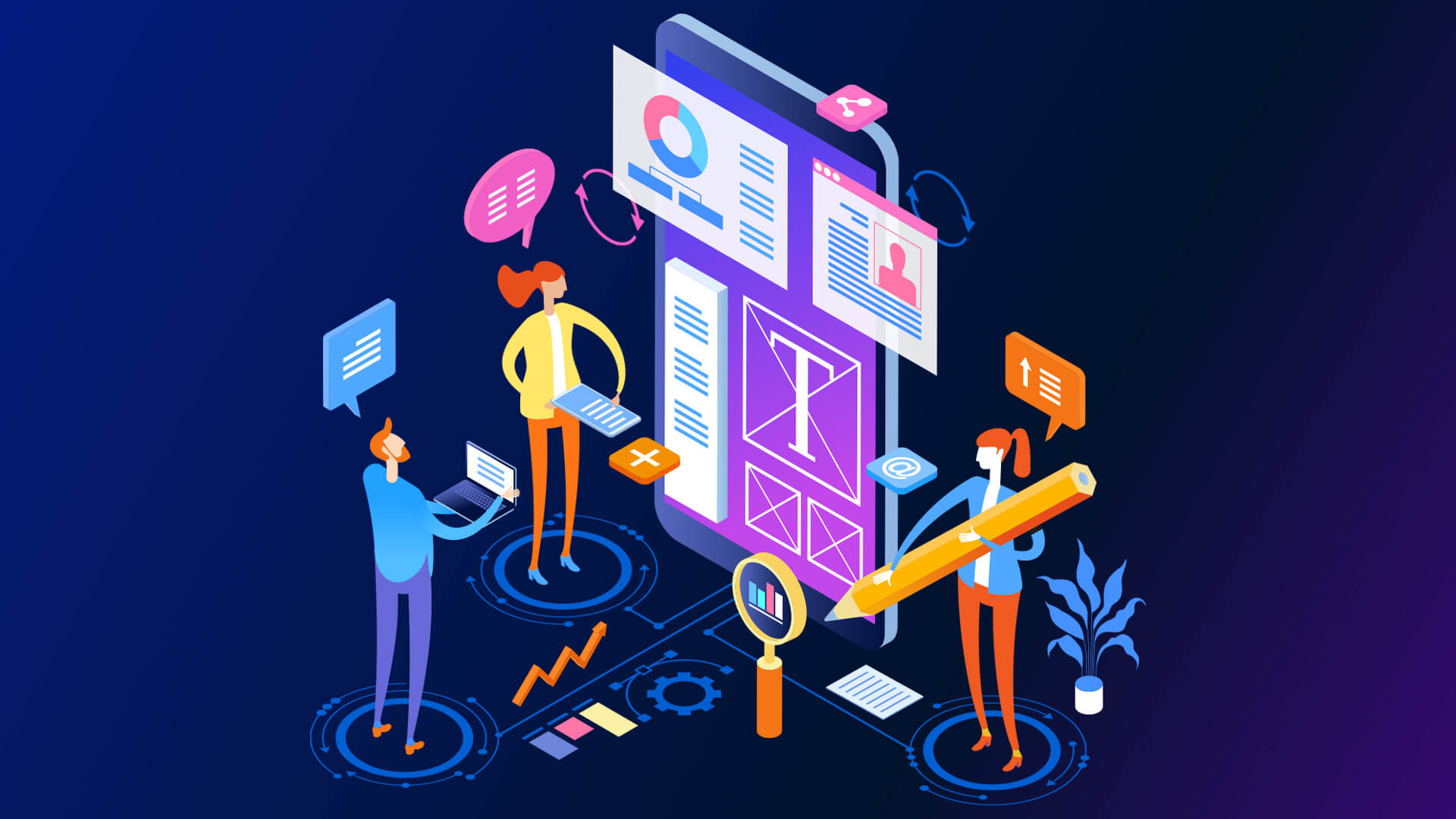Website design is a creative and technical process that brings digital platforms to life. It involves a combination of visual aesthetics, user-friendly layouts, and functional elements. A well-designed website ensures that users can navigate easily while enjoying an engaging experience. Whether for businesses, blogs, or online stores, websites need careful planning to be both attractive and efficient.
The Role of Web Designers
Web designers play a crucial role in building visually appealing and user-friendly websites. They focus on color schemes, typography, images, and navigation structures. A strong foundation in coding languages like HTML, CSS, and JavaScript is essential for bringing designs to life. Many aspiring designers enroll in a web designing institute in Udaipur to learn the latest tools and techniques.
Importance of UI and UX in Website Design
User Interface (UI) and User Experience (UX) are essential elements of website design. UI focuses on the visual and interactive components, such as buttons, icons, and layout, ensuring that users can easily engage with the site. UX, on the other hand, emphasizes functionality and user satisfaction. A website with good UX design is easy to use, loads quickly, and provides valuable content in an organized manner.
Adding Animation to Enhance User Engagement
Animations play a vital role in making websites more dynamic and engaging. Subtle movements, hover effects, and interactive elements help capture users’ attention and create a memorable experience. Learning animation techniques through animation classes in Udaipur allows designers to add creative effects to their projects. Animated elements can guide users, highlight important information, and make a website feel more modern and interactive.
The Process of Designing a Website
Creating a website involves multiple steps, each requiring attention to detail and creativity. The process typically includes:
- Research and Planning: Understanding the target audience, website goals, and required features.
- Wireframing and Prototyping: Drafting the basic structure and layout before coding begins.
- Design and Development: Applying colors, typography, and interactive elements while ensuring responsiveness.
- Testing and Optimization: Checking for errors, improving performance, and making adjustments for a seamless user experience.
- Launch and Maintenance: Publishing the website and keeping it updated with fresh content and new features.
The Future of Website Design
With technology evolving rapidly, website design trends continue to change. Modern websites focus on minimalism, mobile responsiveness, and faster load times. Designers are integrating AI-driven chatbots, voice search compatibility, and immersive visuals to enhance user interaction. Enrolling in a web designing institute in Udaipur can help individuals stay ahead in the competitive digital landscape.
Conclusion
Website design is an essential skill that combines creativity and technology to build effective online platforms. From UI/UX principles to animation effects, every aspect plays a role in improving user experience. Learning from animation classes in Udaipur and gaining knowledge in web design can open doors to exciting career opportunities. Whether creating a personal blog or designing for businesses, understanding the basics of website design is the first step toward building a strong digital presence.

